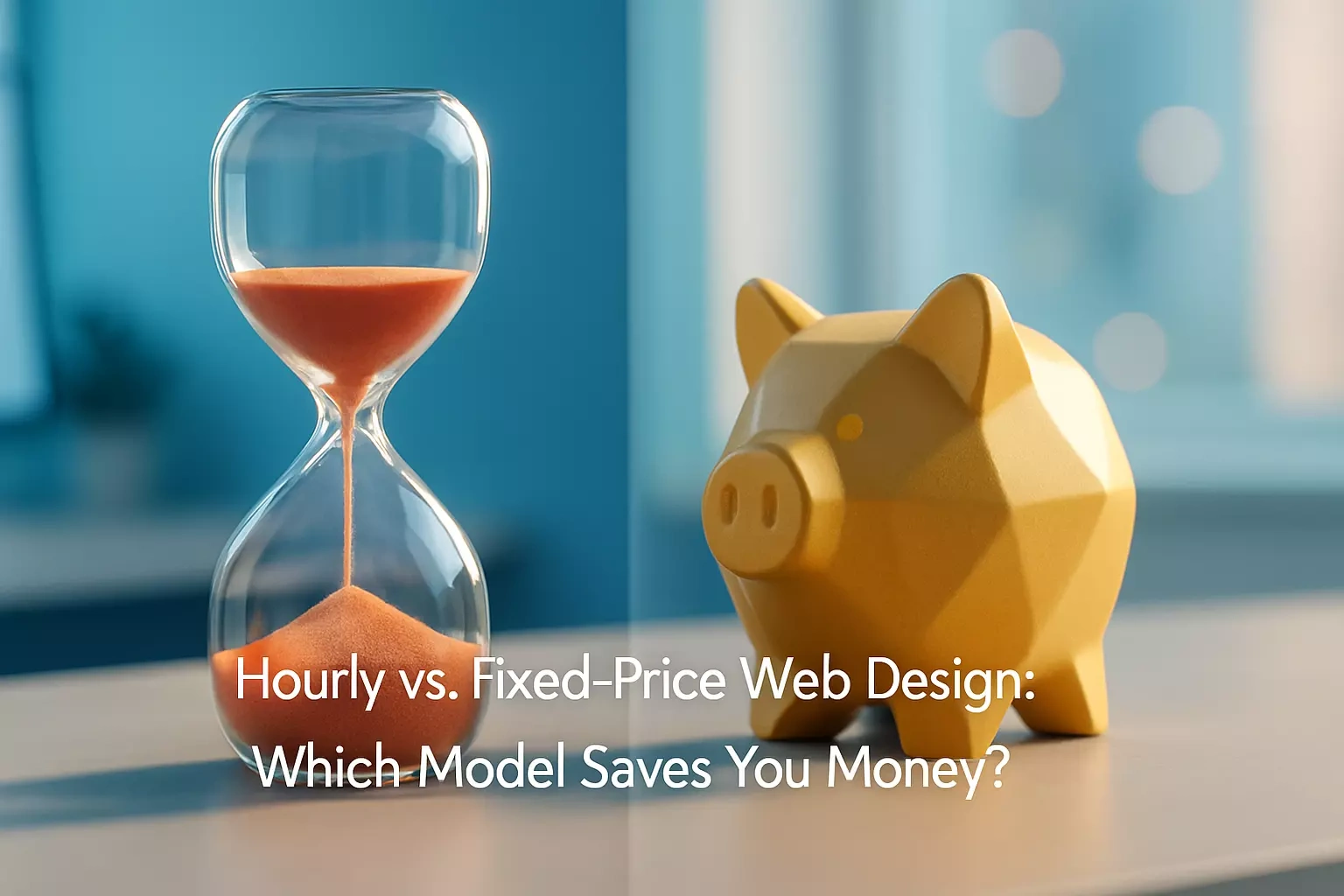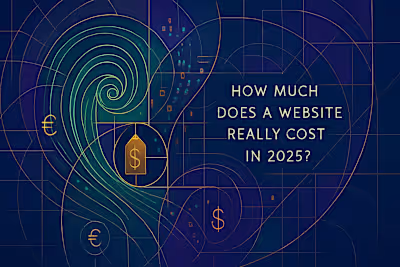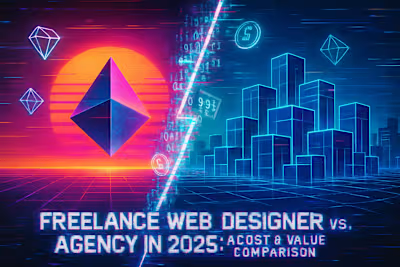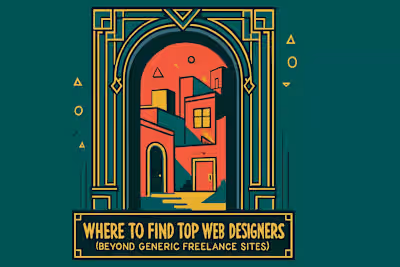Hourly vs. Fixed-Price Web Design: Which Model Saves You Money?

Hourly vs. Fixed-Price Web Design: Which Model Saves You Money?
Understanding the Fixed-Price Model
What is a Fixed-Price Project?
Pros: Budget Predictability and Clear Scope
Cons: Less Flexibility and Potential for Overpayment
Best For: Well-Defined Projects
Understanding the Hourly Rate Model
How Do Hourly Rates Work?
Pros: Flexibility and Paying for Actual Work
Cons: Budget Uncertainty and Need for Tracking
Best For: Evolving or Long-Term Projects
What About Retainer and Value-Based Pricing?
Monthly Retainers for Ongoing Support
Value-Based Pricing: A Focus on ROI
References
Hourly vs. Fixed-Price Web Design: Which Model Saves You Money?
Understanding the Fixed-Price Model
What is a Fixed-Price Project?
Pros: Budget Predictability and Clear Scope
Cons: Less Flexibility and Potential for Overpayment
Best For: Well-Defined Projects
Understanding the Hourly Rate Model
How Do Hourly Rates Work?
Pros: Flexibility and Paying for Actual Work
Cons: Budget Uncertainty and Need for Tracking
Best For: Evolving or Long-Term Projects
What About Retainer and Value-Based Pricing?
Monthly Retainers for Ongoing Support
Value-Based Pricing: A Focus on ROI
References
Posted Jun 30, 2025
Confused by web design quotes? We decode hourly rates vs. fixed-price projects, explaining the pros and cons of each so you can choose the best pricing model for your needs.










